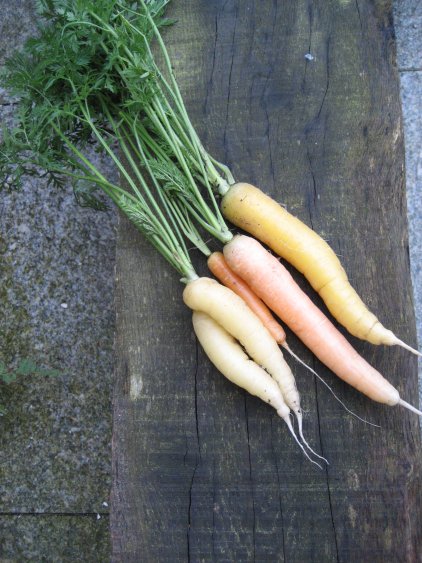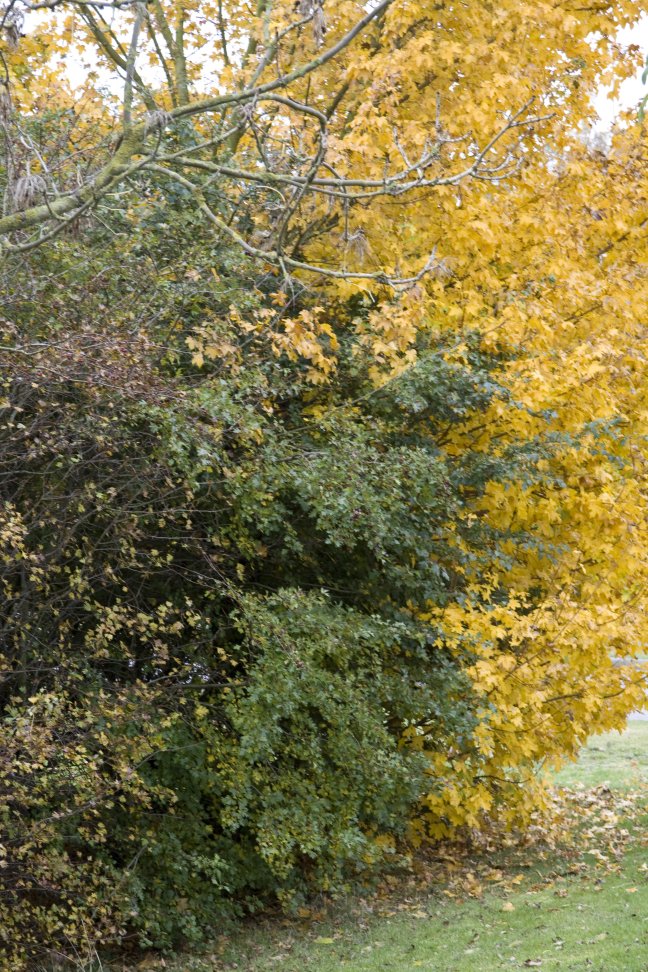I have been in the same job for seven years now and to be perfectly honest do not enjoy the majority of it. It is not that I couldn’t enjoy the job that I do, it is just that I seem to spend most of my time frustratingly fixing the same avoidable problems. This week I had one of those weeks that has actually persuaded me that it may be time to finally move on and I have applied for a job that will involve at least a 40 minute commute, going against all of my principles and for what? It is not as if (should there be any such thing) that when I am at the Pearly Gates I will be marked by the job that I have done, the size of my bank balance and the perceived success that I have achieved in the world of work (although who would judge that and against what criteria I am not sure).
So, after a pants week at work I was hoping to be able to fill my precious weekend with fulfilling useful accomplishments. Inspired by the tulips on Gardener’s World on Friday night, my beloved and I decided that we would go to the garden centre to check out the spring bulbs. We were completely thwarted, we tried two garden centres only to be confronted by a mass of Christmas tat where the bulbs used to live (don’t get me started on the subject of Christmas – I could rant for days). On Saturday night we settled down to watch a film that a work colleague lent me – 300. This was the worst film I have seen since Charlie’s Angels, I feel I was robbed of two hours of my life! The weekend was not going to plan.
You may be wondering where all this is going and what it has to do with Carrots. Well, today I had planned to visit one of the two tetrads that I have volunteered to survey for the BTO Bird Atlas. I got the Ordnance Survey map out, we planned the route to take in all the habitats that we could in the two hours, and then the sky darkened and the wind picked up. If I went out today I am guessing that I wouldn’t see many birds as they would all be sat in the trees laughing at me getting soaked. So that left all of the jobs that I had been putting off; washing the ash off the car that all those fireworks kindly scattered (it was time for its annual wash anyway), do some more tidying in the garden, move what remains of the gooseberry once the sawfly had devastated it, that kind of thing. Whilst I was out there I decided it was time to empty the tub in which I had been attempting to grow carrots.
I had had a torrid time with the carrots (and everything else that wasn’t a courgette). I planted them with Welsh Onions in order to prevent an attack of the evil carrot fly that I had read about, I had carefully watered the seeds, covered them with a sheet of plastic to keep the pests out, watched as the little ferny seedlings had appeared and slowly got bigger, looked in disbelief as they vanished overnight (I know not where), not once but twice. I finally threw all caution to the wind and chucked some seed in the same compost in late Summer which seemed to grow. I had assumed that lack of thinning and late harvesting would lead to small and weedy carrots.
 However, I was pleasantly surprised with my four bits of produce (they are not anaemic, they were meant to be different shades) and I found a strange kind of contentment that despite the poor weather and the disruption that has come from spending the last two years re-modelling the garden I still managed to grow something. I have come to the end of the weekend with a level of contentment that I have sadly never had from work, and the motivation to try again next year.
However, I was pleasantly surprised with my four bits of produce (they are not anaemic, they were meant to be different shades) and I found a strange kind of contentment that despite the poor weather and the disruption that has come from spending the last two years re-modelling the garden I still managed to grow something. I have come to the end of the weekend with a level of contentment that I have sadly never had from work, and the motivation to try again next year.

